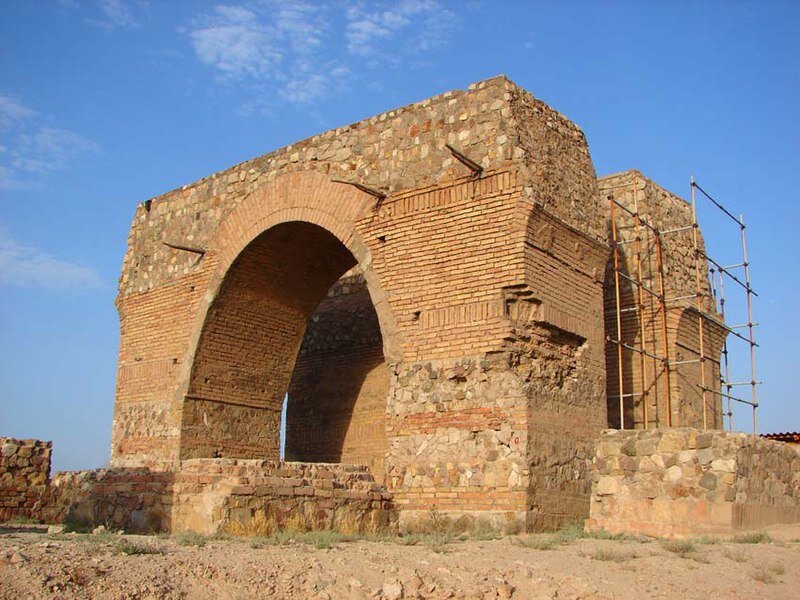Sassanid architecture discussed at Rey meeting

TEHRAN – A number of Iranian archaeologists and cultural heritage experts discussed the architectural achievements of the Sassanids at a meeting held in Rey on Thursday.
The experts exclusively turned the spotlight to the elaborate stuccowork, and intricate interior and exterior decorations excavated from Chah-Tarkhan and Tepe Mil, which are two Sassanid sites in Rey, CHTN reported.
20 students of restoration and conservation of cultural properties attended the event which reviewed many illustrious ruins and relics of the ancient city, the report said.
Rey is considered to be the oldest town in the central Iranian plateau with a history of human settlement that stretches back in time for over 8,000 years, according to Qadir Afrovand who is a senior Iranian archaeologist. “The ancient hill of Cheshmeh-Ali (literally meaning ‘Spring of Ali’), which is now a popular tourist destination in the heart of Rey, southern Tehran, bears testimonies to being a seat of power for various governments and dynasties throughout history,” Afrovand said.
The history of Rey, according to the Encyclopedia Britannica is featured in the Avesta (the original document of Zoroastrianism, an Iranian religion) as a sacred place, and it is also mentioned in the book of Tobit, of the biblical Apocrypha, and by classical authors.
Iran's history places a great deal of emphasis on the Sassanid era. The Sassanid era saw a general renaissance in Persian art and architecture. Palaces at Ctesiphon, Firuzabad, and Sarvestan, which are among the highlights of the ensemble, are just a few examples of the grandiose proportions that architecture frequently adopted.
A Sassanid archaeological landscape typically depicts a highly effective land use system and the strategic use of natural topography in the development of the earliest Sassanid cultural centers.
2018 saw the designation of "Sassanid Archaeological Landscape of Fars Region" as a UNESCO site, a collection of Sassanian historical cities in southern Iran. Eight archaeological sites make up the ensemble, which is spread across the three regions of Firuzabad, Bishapur, and Sarvestan.
The World Heritage site demonstrates how the topography was used to its full potential and attests to the influence of Roman art, which had a profound influence on Islamic-era architecture and artistic movements, as well as Achaemenid and Parthian cultural traditions.
In addition to architecture, highly sophisticated crafts like metalwork and gem engraving also developed, but the state still supported scholarship. In those years, texts from the East and the West were translated into Pahlavi, the Sassanian language.
AFM
Leave a Comment